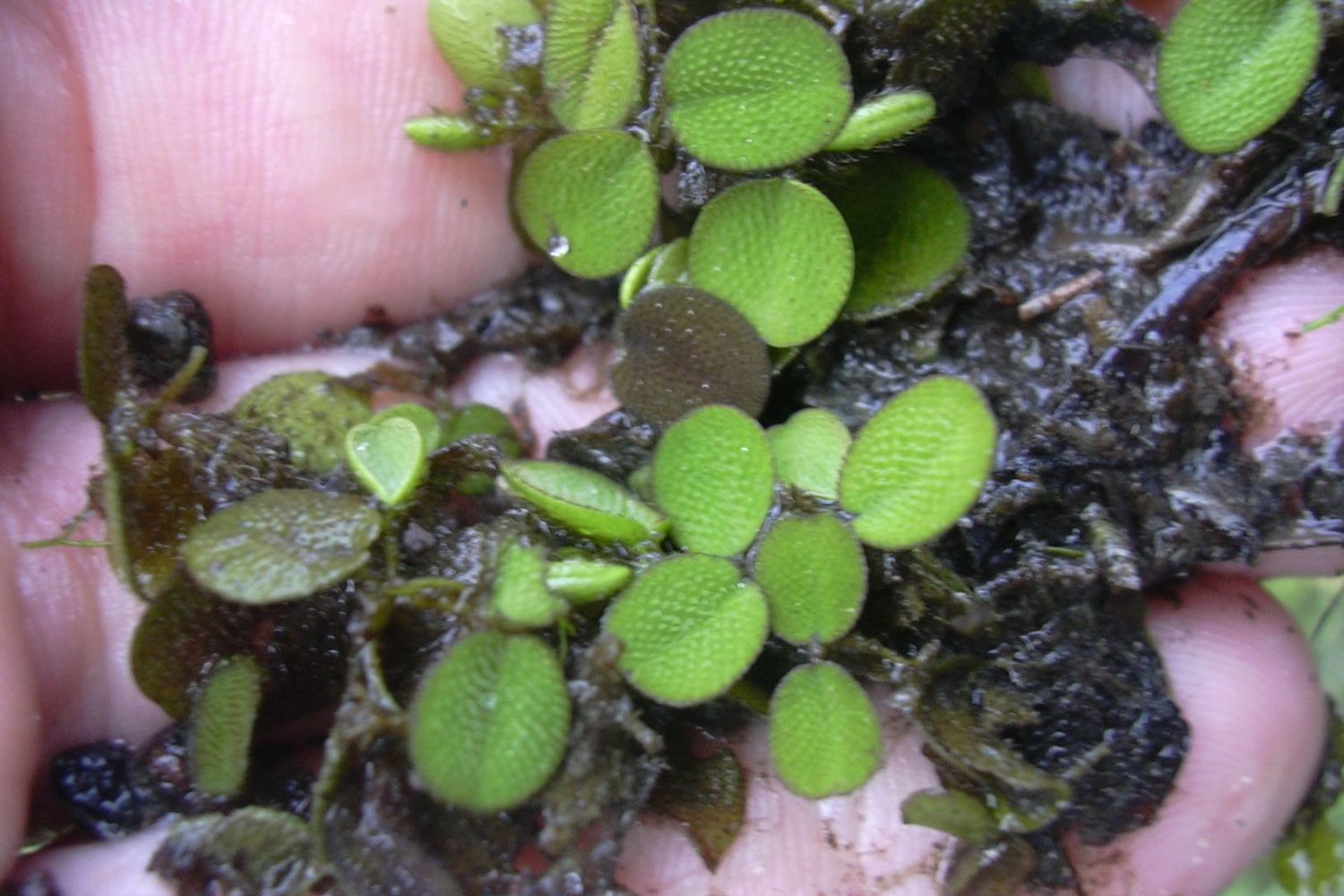The small salvinia officially became a 'secondary invasion' aquatic weed in Hartbeespoort Dam in May 2021.

Salvinia can double their biomass in less than two weeks – a reproduction rate that is proving challenging to keep up with. Photo for illustration: Wikimedia Commons
After the news that the Hartebeespoort Dam would never fully be ridded of the invasive water hyacinth, a new pesky species of plant has proven to be equally difficult to control.
According to Invasive Species South Africa (ISSA), the small salvinia (Salvinia minima) officially became a “secondary invasion” aquatic weed in May last year.
Rhodes University’s Centre for Biological Control (CBC) celebrated brief success in curbing Hartbeespoort Dam’s hyacinth invasion, dubbed the “world’s worst aquatic weed”, after the release of tiny insects called weevils, which feed on the invasive plants.
The hyacinths made a concerted comeback in October last year, however, mainly due to a lack of funding for the CBC to continue its water hyacinth programme.
ALSO READ: Ridding Hartbeespoort Dam of hyacinths ‘highly unlikely’, new study reveals
In December 2021, the CBC confirmed to Kormorant that hyacinth cover on the dam was at 27%.
Salvinia drowning Harties
In July last year, the CBC’s professor Julie Coetzee said the growth of the salvinia plant was unexpected due to the time of year.
At this time, the salvinia invasion was reported by Koromrant to sit at above 35%.

Coetzee said this showed the extent of water pollution in the Hartbeespoort Dam, which is one of the continent’s most polluted systems due to industry effluent and failing water treatment plants.
This pollution is what nourishes invasive species.
The same bug used to contain hyacinths have had previous success in the US, however, this time Covid-19 travel restrictions meant a delay in implementing this preventative strategy.
Salvinia is a rapidly growing aquatic floating fern usually used in ponds. It originates in South America, and forms dense mats which prevent sunlight from reaching other indigenous plants in the water, as well as fish.

ISSA explains that the lack of light reduces dissolved oxygen levels in the water, which in turn decays and kills indigenous plant and fish species.
Like hyacinths, dense salvinia growth also prevents recreational activities Hartbeespoort Dam is famous for, such as boating, and perhaps in the past, fishing.
ALSO READ: Bugs are winning the war against Hartbeespoort’s hyacinths
Salvinia leaves have a distinctive rib which creates a bowl-shaped appearance. They are between 5cm and 10cm in diameter. The plants are rootless and float across the dam’s surface.
They can double their biomass in less than two weeks – a reproduction rate that is proving challenging to keep up with.
ISSA empathised that there are preventative measures that can be taken to prevent the spread of salvinia. Salvinia spreads to new habitats on the bottom of boats, in ship ballast tanks and through flooding waterways. It can also be carried and spread by birds or other animals.
To prevent the spread of salvinia as much as possible, all boating, fishing and recreational water sport gear must be cleaned if they are to be used on the dam, as well as after use, so this weed does not spread to other waterbodies.
If you would like to assist the CBC in their plight to get funding to prevent hyacinth and salvinia invasions, click here for more information.
Download our app




